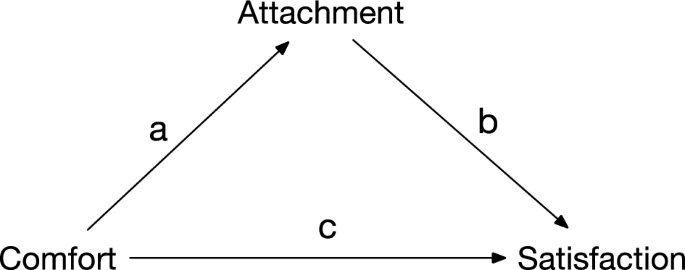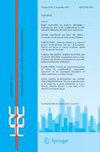家庭幸福感:居住满意度、舒适度和家庭依恋的中介分析
IF 1.8
3区 经济学
Q3 ENVIRONMENTAL STUDIES
引用次数: 0
摘要
在建筑设计居住满意度的研究中,不同的物理舒适领域受到了人们的关注。但在这种以舒适为导向的方法下,居住满意度被简化为一种心理物理关系。在设计过程中加入心理学内容,本文认为应该区分居住满意度和家庭依恋,我们需要考虑家庭依恋作为舒适的中介变量。本文的目的是实证评估中介是否存在,如果存在的话,是部分的还是完整的。为了区分不同形式的舒适度,我们用欧洲14个国家的人口调查数据测试了一组可供选择的结构方程模型。模型测试的结果是,我们在家里的幸福感有两种形式——满意和依恋——根据所研究的舒适类型,家庭依恋对满意度有部分和完全的中介作用。本文章由计算机程序翻译,如有差异,请以英文原文为准。

Wellbeing at home: a mediation analysis of residential satisfaction, comfort, and home attachment
Abstract In the study of residential satisfaction in architectural design different physical comfort domains have received the most attention. But with this comfort-driven approach, residential satisfaction is reduced to a psychophysical relationship. Adding psychological substance to the design process, the paper argues that a distinction should be made between residential satisfaction and home attachment and that we need to consider home attachment as a mediator variable for comfort. The aim of the paper is to empirically assess whether the mediation, if it exists at all, is partial or complete. Distinguishing different forms of comfort, a set of alternative structural equation models are tested with data from a 14-nation population survey in Europe. The result of the model tests is that our wellbeing at home comes in two forms—satisfaction and attachment—and that there is partial as well as complete mediation of home attachment on satisfaction depending on the kind of comfort studied.
求助全文
通过发布文献求助,成功后即可免费获取论文全文。
去求助
来源期刊
CiteScore
3.70
自引率
10.50%
发文量
63
期刊介绍:
The Journal of Housing and the Built Environment is a scholarly journal presenting the results of scientific research and new developments in policy and practice to a diverse readership of specialists, practitioners and policy-makers. This refereed journal covers the fields of housing, spatial planning, building and urban development. The journal guarantees high scientific quality by a double blind review procedure. Next to that, the editorial board discusses each article as well. Leading scholars in the field of housing, spatial planning and urban development publish regularly in Journal of Housing and the Built Environment. The journal publishes articles from scientists all over the world, both Western and non-Western, providing a truly international platform for developments in both theory and practice in the fields of housing, spatial planning, building and urban development.
Journal of Housing and the Built Environment (HBE) has a wide scope and includes all topics dealing with people-environment relations. Topics concern social relations within the built environment as well as the physicals component of the built environment. As such the journal brings together social science and engineering. HBE is of interest for scientists like housing researchers, social geographers, (urban) planners and architects. Furthermore it presents a forum for practitioners to present their experiences in new developments on policy and practice. Because of its unique structure of research articles and policy and practice contributions, HBE provides a forum where science and practice can be confronted. Finally, each volume of HBE contains one special issue, in which recent developments on one particular topic are discussed in depth.
The aim of Journal of Housing and the Built Environment is to give international exposure to recent research and policy and practice developments on the built environment and thereby open up a forum wherein re searchers can exchange ideas and develop contacts. In this way HBE seeks to enhance the quality of research in the field and disseminate the results to a wider audience. Its scope is intended to interest scientists as well as policy-makers, both in government and in organizations dealing with housing and urban issues.

 求助内容:
求助内容: 应助结果提醒方式:
应助结果提醒方式:


